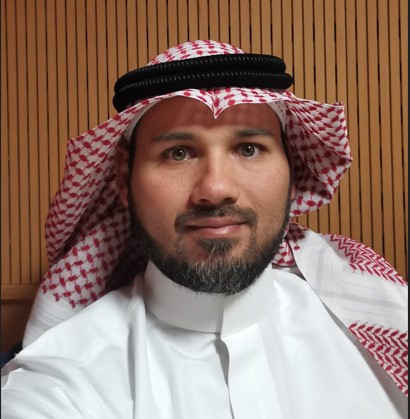| Abstract |
Early detection of brain tumors is essential, and a biopsy is required to determine the type of tumors in the brain and is only possible after extensive brain surgery. Brain tumors can be identified and classified by clinicians with the aid of computational intelligence algorithms. Here, we developed an novel and intelligent automated system, known as, Spatial Adaptive Dart Optimized Network (SADO-Net) for the diagnosis of brain tumor using MRIs. This will allow medical professionals to identify tumors in their early stages with a high degree of accuracy. Before classifying the diseases, the preprocessed brain MRIs are segmented using the Spatial Pattern based Image Segmentation (SPISeg) technique. The type of brain tumor is then promptly and reliably identified using the Weight Optimized Deep Network (WODNet) Classification model. The adoption of the Darts Game based Optimization (DGO) method for feature reduction expedites the classification process. This work uses a range of metrics and popular public datasets such as BRATS 2018, BRATS 2019, BRATS 2020 and Figshare to compare and validate the performance of the proposed SADO-Net model in tumor identification. Based on the results, the SADO-Net model exhibits good performance, with an average accuracy of 99.2 % and a loss rate of 0.5 %. |
|---|---|
No Result Found
|
|
| Year of Publication |
2024
|
| Journal |
Alexandria Engineering Journal
|
| Volume |
109
|
| URL |
https://doi.org/10.1016/j.aej.2024.09.102
|
| DOI |
10.1016/j.aej.2024.09.102
|
| Download citation |
Publications
SADO-Net: A spatial adaptive dart optimized network model for an automated brain tumor diagnosis using MRIs

